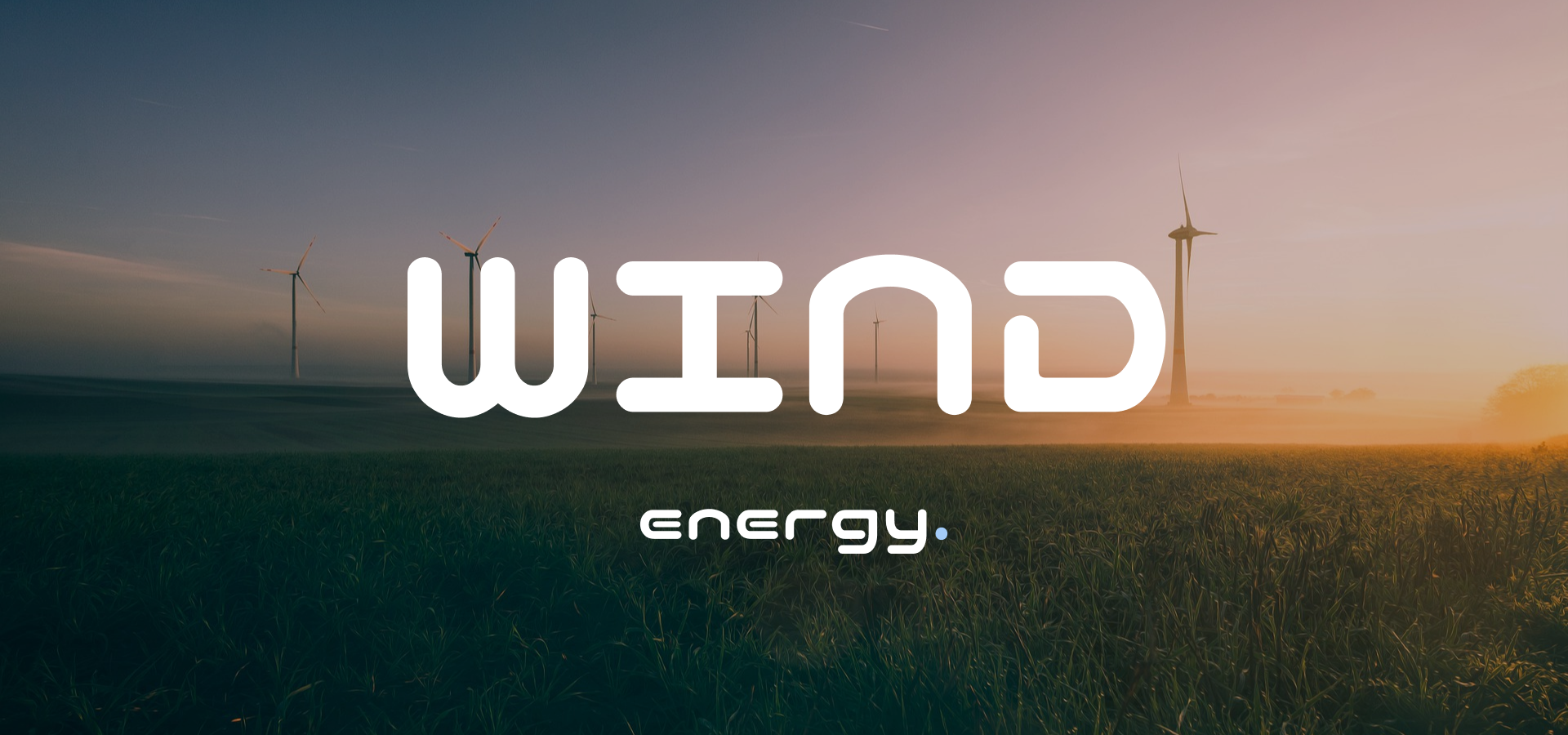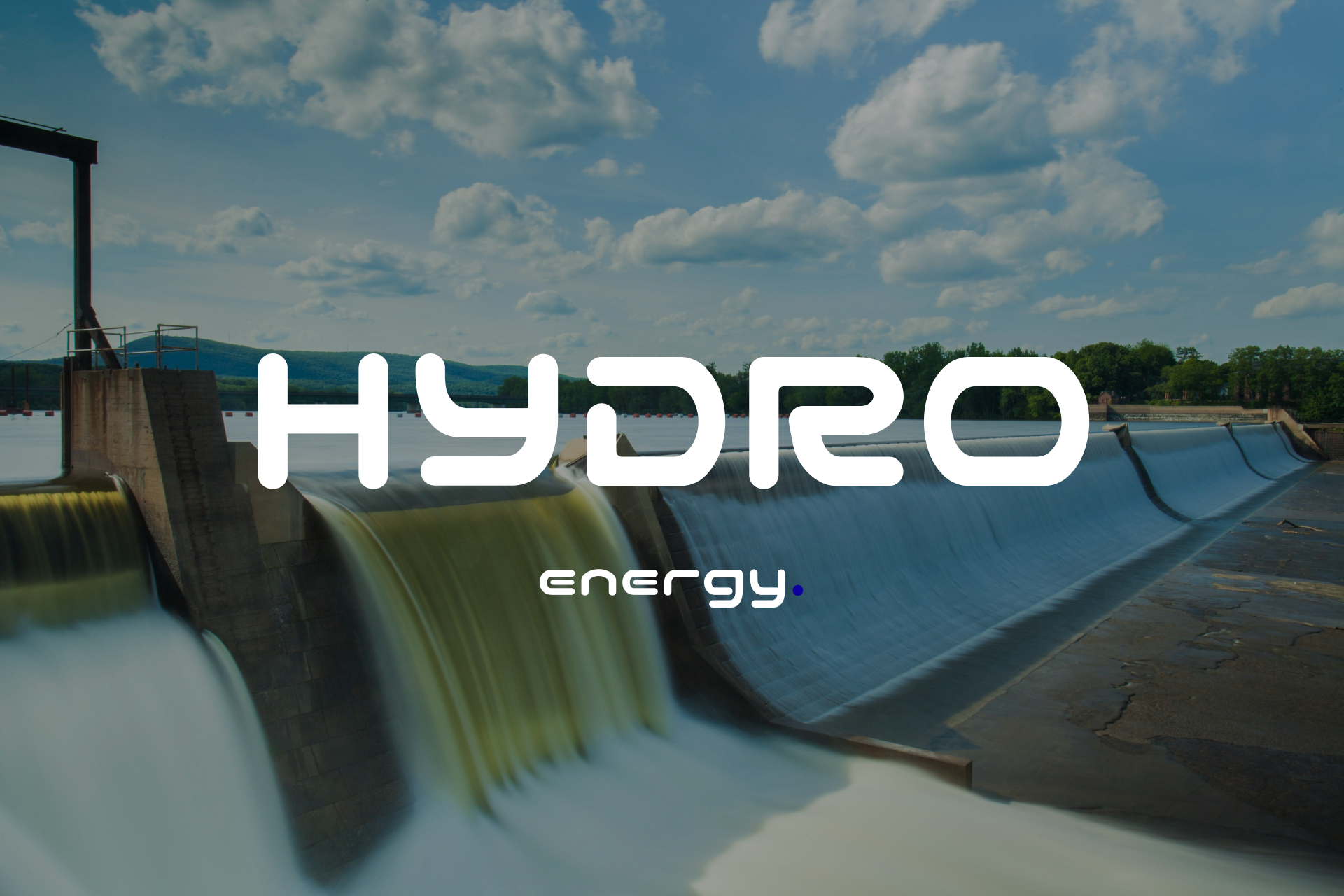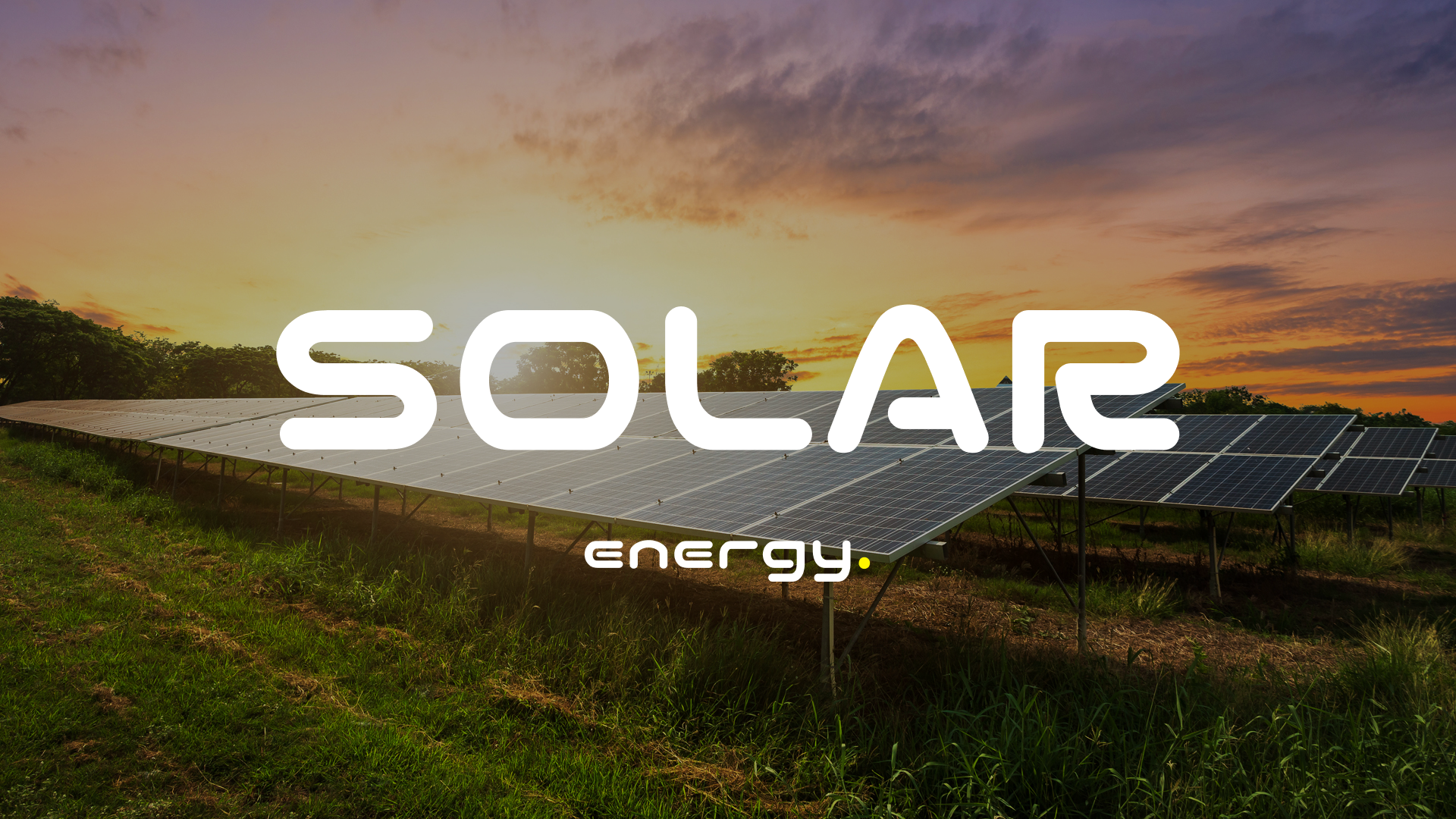Chapter 0.
Introduction
7.7
TWh produced of electricity in Armenia as of 2021
Chapter 1.
Problems
Dependency on Imports: Armenia is heavily dependent on imported natural gas and oil for its energy needs, making it vulnerable to geopolitical tensions and price fluctuations in global energy markets.
Aging Infrastructure: Armenia's energy infrastructure, including power plants and distribution networks, has suffered from outdated technology and aging equipment. This has resulted in decreased energy production efficiency and increased maintenance costs.
Limited Energy Resources: Armenia has faced challenges in terms of domestic energy resources. The country lacks significant fossil fuel reserves, and its renewable energy potential has not been fully exploited.
Energy Security Concerns: Armenia faced challenges in ensuring stable energy supplies due to its geopolitical situation. Political tensions in the region have the potential to disrupt the flow of energy resources, which could impact the country's energy security.
High Energy Dependency on Thermal Power Plants: Armenia's electricity generation was heavily reliant on thermal power plants, specifically those that use natural gas. This dependence made the energy sector vulnerable to fluctuations in gas prices and supply disruptions.
Chapter 2.
Armenia energy system
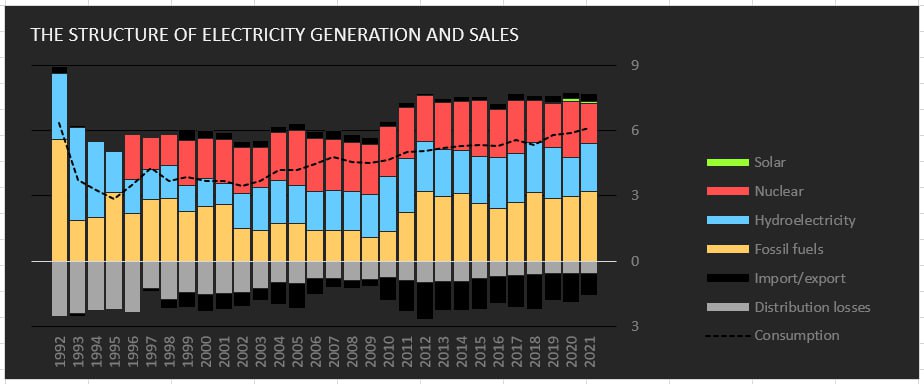

Special chapter.
Energy generation by countries
Chapter 3.
Characteristics of the types of electricity generation in Armenia
Chapter 4.
Nuclear Power
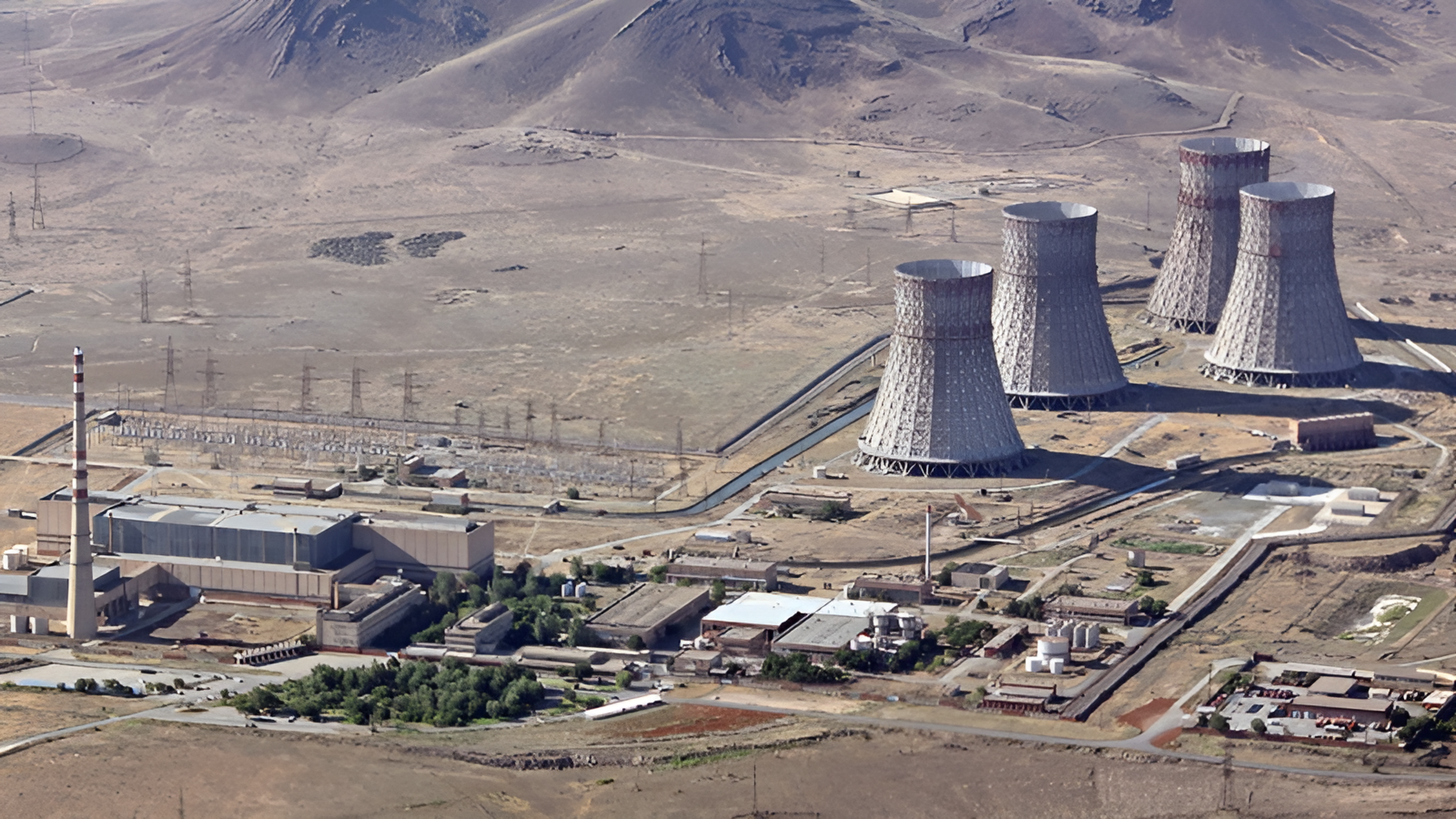 The first power unit of the Armenian NPP was put into operation on December 22, 1976, and the second on January 5, 1980.
In 1983, after the approval of the project of the second stage of the NPP (two VVER-440 power units, type B-213), construction work began on the construction of the third and fourth power units, however, after the accident at the Chernobyl nuclear power plant in 1986, all construction work was curtailed.
On December 7, 1988, at 11:41 a.m., an earthquake of over 7 magnitude occurred in the northern regions of Armenia (Spitak). The station has fully maintained its functionality.
The Council of Ministers of the USSR and the Council of Ministers of the Armenian SSR decided to stop the Armenian NPP due to the great danger of its operation in a seismically unstable zone and the likelihood of repeated tremors. Resolution No. 24 of January 15, 1989 of the Council of Ministers of the Armenian SSR stated: "... Taking into account the general seismic situation in connection with the earthquake in the territory of the Armenian SSR ... to stop the first block of the NPP from February 25 and the second block from March 18, 1989."
However, in the future, taking into account the energy situation and the lack of its own energy carriers, the Government of the Republic of Armenia decided on April 7, 1993 "To begin restoration work and resume operation of the second power unit of the Armenian NPP."
In 1995, the 6 and a half years power unit of the ANPP, which had been in a mothballed state for 6.5 years, was launched.
Since that time, the plant generates from 2 to 2.5 billion kWh annually, which is about 30-40% of the total energy generation
The first power unit of the Armenian NPP was put into operation on December 22, 1976, and the second on January 5, 1980.
In 1983, after the approval of the project of the second stage of the NPP (two VVER-440 power units, type B-213), construction work began on the construction of the third and fourth power units, however, after the accident at the Chernobyl nuclear power plant in 1986, all construction work was curtailed.
On December 7, 1988, at 11:41 a.m., an earthquake of over 7 magnitude occurred in the northern regions of Armenia (Spitak). The station has fully maintained its functionality.
The Council of Ministers of the USSR and the Council of Ministers of the Armenian SSR decided to stop the Armenian NPP due to the great danger of its operation in a seismically unstable zone and the likelihood of repeated tremors. Resolution No. 24 of January 15, 1989 of the Council of Ministers of the Armenian SSR stated: "... Taking into account the general seismic situation in connection with the earthquake in the territory of the Armenian SSR ... to stop the first block of the NPP from February 25 and the second block from March 18, 1989."
However, in the future, taking into account the energy situation and the lack of its own energy carriers, the Government of the Republic of Armenia decided on April 7, 1993 "To begin restoration work and resume operation of the second power unit of the Armenian NPP."
In 1995, the 6 and a half years power unit of the ANPP, which had been in a mothballed state for 6.5 years, was launched.
Since that time, the plant generates from 2 to 2.5 billion kWh annually, which is about 30-40% of the total energy generation
Renewable energy in Armenia
Chapter 5.
Solar energy
Armenia has a significant solar energy potential. The average annual amount of solar energy flow per m2 of horizontal surface is about 1,720 kWh, compared with the average European figure of 1,000 kWh. One fourth of the country’s territory is endowed with solar energy resources of 1,850 kWh/m2 per year. Armenia's solar power plants are not distinguished by their high capacity and size. They are mostly not connected to the general network and are installed on the roofs of houses, both private and public (Armenian American Wellness Centre, UN office in Spitak and others). According to a Armenian Energy Agency, More than 6940 autonomous electricity producers with 136.1 MW of total installed capacity are connected to the distribution grid, an additional 518 plants with 11 MW total capacity are in the process of connection. Individuals and businesses can install up to 150 kW and 500 kW solar power stations, produce electricity for internal consumption, and sell the surplus to the "Electric Networks of Armenia". Wide implementation of solar PV systems is currently in progress. As of 1 July 2022, around 102.8 MW of solar PV installations (of up to 5 MW each) were in operation. Another batch of grid-connected PV power plants totalling 176.7 MW are under construction, the largest being the Masrik solar PV station with 6255 MW of installed capacity in Gegharkunik Region.
1000+
solar energy powers in Armenia
Chapter 6.
Wind energy
In 2003, the Wind Energy Resource Atlas of Armenia was formed. According to it, economically reasonable wind power potential is estimated at 450 MW total installed capacity and at electric power output of 1.26 billion kWh/y. The main promising locations are the Zod (Sotk) Pass, Bazum Range, Pushkin and Karakhach Passes, Jajur Pass, Geghama Range, Sevan Pass, Aparan Region, Sisian-Goris Hills and Meghri Area. In December 2005, for the first time in Armenia and in the Caucasus a grid-connected wind-power plant, Lori 1 Wind Farm, with capacity of 2.64 MW was launched at Pushkin Pass, located along the Bazum Mountains. It was funded by Iran and built by the Iranian company Sunir. In the future an increase of the wind power plant capacity up to 90 MW is planned. Within the framework of the "The support of Armenia's energy policy" TACIS program implemented by the European Union a monitoring in the Semenovka Pass in Sevan region in 2007 was organized and a preliminary feasibility study (FS) for the construction of a wind power plant with a total installed capacity of 35 MW was compiled. Within the framework of the wind energy program of the Armenian-Italian private company Ar Energy, monitoring in the Karakhach pass of the Shirak district has been completed. The company has received a license from the Public Services Regulatory Commission for the construction of the Karakhach-1 wind farm with a total installed capacity of up to 20 MW. In the future, it is planned to increase the capacity of the wind power plant to 140 MW. The current status of the design and construction of the station has not been determined. Company “Energy Systems LLC” starts the implementation of Project Management and feasibility study of 1.32 MW capacity wind farm “Zod Wind” in the region of Sotk pass in Gegharkunik region. According to the article 59 of the “Law on Energy” of RA, accepted on 7 March 2001, the electricity generated by SHPP during a period of 15 years and plants using other renewable energy sources (wind, solar, biomass and geothermal) is subject to compulsory purchase in 20 years at fixed rates. Other mechanisms have been established to promote the use of renewable energy sources
(low to high)
7
wind energy powers in Armenia
Chapter 7.
Hydro energy
- Meghri HPP (about 100 MW capacity) on Araks River
- Shnogh HPP (about 75 MW capacity) on Debet River
63
hydro energy powers in Armenia
